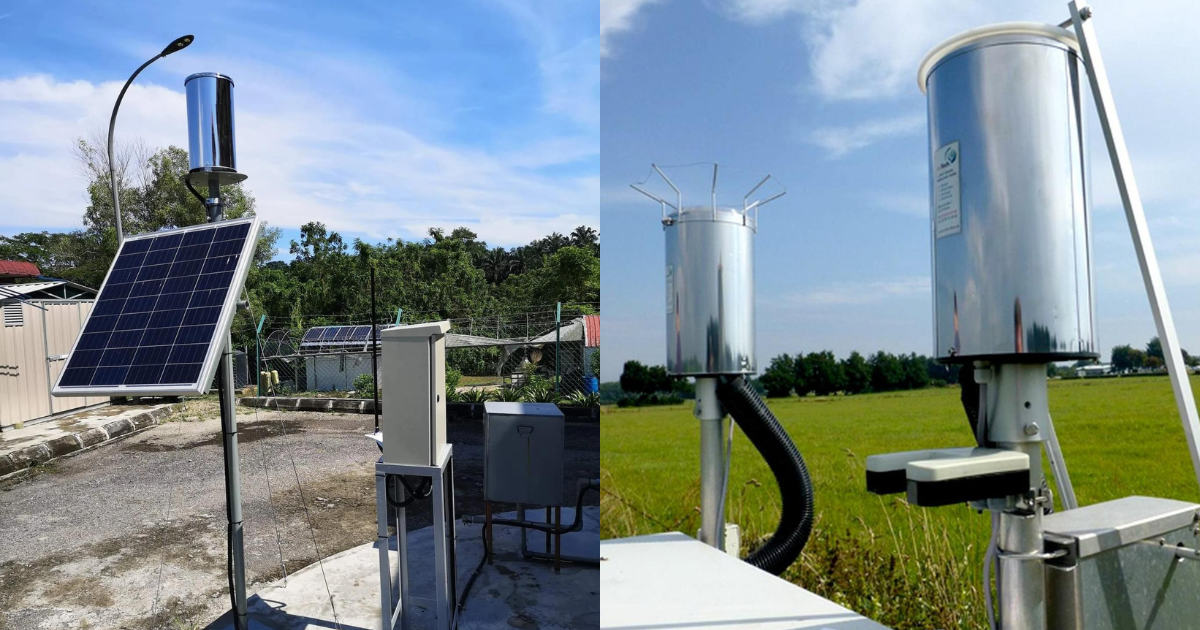Rain gauges, also known as rainfall recorders or pluviometers, are essential instruments in meteorology, agriculture, water management, and construction industries. Monitoring rainfall is critical to prevent disasters like floods, landslides, and droughts, and to optimize water usage in various sectors.
Meteorological departments utilize various types of rain gauges to measure rainfall and intensity. Common variants include siphon rain gauges, weighing rain gauges, and tipping bucket rain gauges, which will be the focus of this discussion.
Working Principle of Tipping Bucket Rain Gauges
Description of Tipping Bucket Rain Gauge: The tipping bucket rain gauge functions as a remote rain measurement tool, comprising a sensor and a signal recorder. The sensor includes components like water receivers, tipping buckets, and Reed switches, while the recorder consists of counters, self-recording clocks, and control circuit boards.
Operation Mechanism: Rainwater enters the water receiver and flows into the tipping bucket through a funnel. Upon reaching a specific height, the tipping bucket overturns, triggering a pulse signal to the recorder. The recorder then records the rainfall data, facilitating measurement accuracy.
Key Features of Tipping Bucket Rain Gauges: Tipping bucket rain gauges boast a rain-bearing caliber of 200mm and offer 485 signal output or pulse signal output options. Their design includes a streamlined tipping bucket and transparent material for enhanced aesthetics and self-cleaning properties.
Data Upload Process for Tipping Bucket Rain Gauges
Integration with Intelligent Monitoring Systems: Tipping bucket rain gauges, powered by solar energy and equipped with network communication technology, form intelligent rainfall monitoring systems. These systems ensure real-time recording of rainfall data, maintaining data integrity and providing original records.
Data Transmission and Viewing: The intelligent monitoring system uploads data to centralized centers via wired, GPRS, or Ethernet communication methods. Users can access data through cloud platforms, viewing rainfall curves over specific periods, daily, monthly, or annually. Historical data can be downloaded, printed, or exported to Excel for further analysis.
Maintenance and Usage Tips
Maintenance Practices: To ensure accurate readings, tipping bucket rain gauges require periodic cleaning, typically every one to three months. Cleaning involves gently wiping the inner wall of the rain port and removing any debris obstructing the waterway. During prolonged periods of inactivity, covering the instrument’s rain-bearing mouth protects it from environmental damage.
Applications and Importance: Tipping bucket rain gauges find wide application in meteorology, agriculture, industrial automation, intelligent building systems, and various other fields. Understanding precipitation patterns aids in better resource allocation and disaster mitigation efforts.
In conclusion, tipping bucket rain gauges play a pivotal role in rainfall monitoring, offering precise measurements and facilitating data-driven decision-making across diverse industries and applications.
